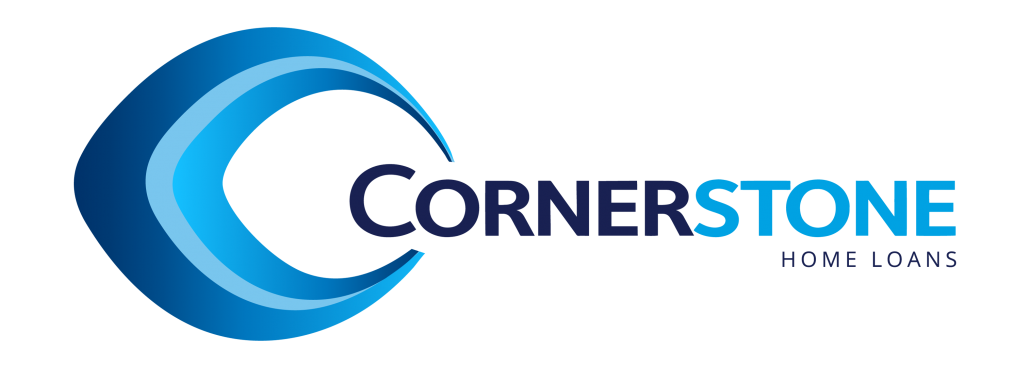Back in Action: How long-term low interest rates could benefit your business
In late June, during an online panel discussion hosted by ANU’s Crawford School of Public Policy, RBA Governor Philip Lowe said what many had already assumed: “I think it’s likely we’re going to see interest rates at their current level for years”.
So it was no surprise that rates have been held at 0.25% for July – where it looks they’ll be staying for quite a while. Let’s look at what that means for commercial and asset finance and how your business could benefit.
Primed for recovery?
There’s been a lot of talk about how the residential property market will be affected by long term low rates – as well as by the obstacles 2020 has placed in front of the Australian economy. But what the RBA does with rates also has a huge impact on commercial loans and asset finance, too.
Take, for example, the situation coming into early 2020. Commercial property was set to be a boom market in Australia. Rates were at record lows already – 0.75% as of Jan 1 – and both foreign and local investors seemed very, very keen. But then COVID-19 struck.
Now, Australia seems to have handled the crisis well, especially in comparison to many other nations and recent news has shown that those same foreign and local investors are showing their readiness to return to the market.
Why a low-rate environment could be good for business
Government measures introduced to help businesses navigate the economic fallout of COVID-19 – including the Reserve Bank’s term funding facility and the Coronavirus SME Guarantee Scheme – have seen interest rates for business loans halve from around 9% to 4.5%.
And these measures have been further backed by tax cuts this end of financial year, with more promised during 2021-2022. According to the federal government, these changes could help Australian businesses save more than $28 billion in tax payments – further stimulating the economy.
“If you’re looking to refinance a commercial property loan, just remember that many lenders will only consider refinancing your loan if it’s been paid down to around 60-70% of the value of the property.”
So, with such dramatic cuts to business finance rates and the tax payable, now could be the time to consider refinancing your existing commercial or asset finance. After all, there may be loans on offer now with much lower rates than you’re currently paying, and refinancing could be a way to consolidate any business or asset-related debt into one place.
The government measures set up to help cash flow back through into the economy are designed to make it as easy as possible for business of any size to access financing – and businesses that have an annual turnover of less than $50 million now able to apply for unsecured, government-backed loans of us to $250,000 – with up to six months of interest-free terms.
Taking advantage of this could mean freeing up additional funds to invest back into your business or a property portfolio, cover unexpected costs or purchase new assets. Plus, in recent times, it’s become even more important for a business to keep up cash flow than ever before, and refinancing to a better commercial or asset loan – especially one backed by the government – could mean doing just that.
“We will all be better off if businesses have the confidence to expand, invest, innovate and hire people,” RBA Governor Lowe said in November last year – sentiment that resonates as we look towards the possibilities a post-COVID recovery could bring.
On the other hand, you may have been building up equity in your business or property portfolio that you’re now ready to reinvest. And refinancing can help you do that, too.
If you’re looking to refinance a commercial property loan, just remember that many lenders will only consider refinancing your loan if it’s been paid down to around 60-70% of the value of the property.
A mortgage broker can help immensely during this process, as they’ll be able to help you know if refinancing is right, without you having to chalk up any unnecessary loan-related enquiries on your credit file.
Turn workplace lending into asset ownership
Low-interest rates are primarily designed to kickstart business lending and spending on new projects, people and assets – but there are other big benefits.
One that could be of interest to businesses big and small is the ability to use capital freed up by refinancing or a lower tax rate to switch from a lease-to-own agreement or novated vehicle loan – choosing instead borrowing to buy an asset or range of assets outright.
For small to medium businesses, making the most of a low-rate environment can be a good way to purchase assets outright that are needed to do the job, rather than relying on long-term loans.
For medium and larger businesses, it could look like an end to paying rent – instead taking out a mortgage on the shopfront, workshop, warehouse or office the business calls home.
Just remember, the type of asset financing or refinancing you choose will depend on your business structure and needs – and will greatly impact how much you’ll need to repay over the long run.
And don’t jump at finance just because it’s available – make sure you carefully consider what your business costs will be over time, especially in relation to new loans and finance options. Speak to a professional if you need help making a decision.
Additional government support is still available
Until the end of September, the Federal Government’s Coronavirus SME Guarantee Scheme is available to help businesses access quick working capital to assist them to weather adverse cash flow impacts as a result of the COVID-19 pandemic.
Many of the big banks are offering business loan products related to this scheme.
At the end of the day, it’s best to do what’s right for your business in a low-rate environment, rather than rushing into a “quick fix” financing solution.
Now is still a complex time for Australian businesses – with things continuing to change day-to-day and week-by-week – so it can pay to speak to a professional mortgage broker for help and advice.




